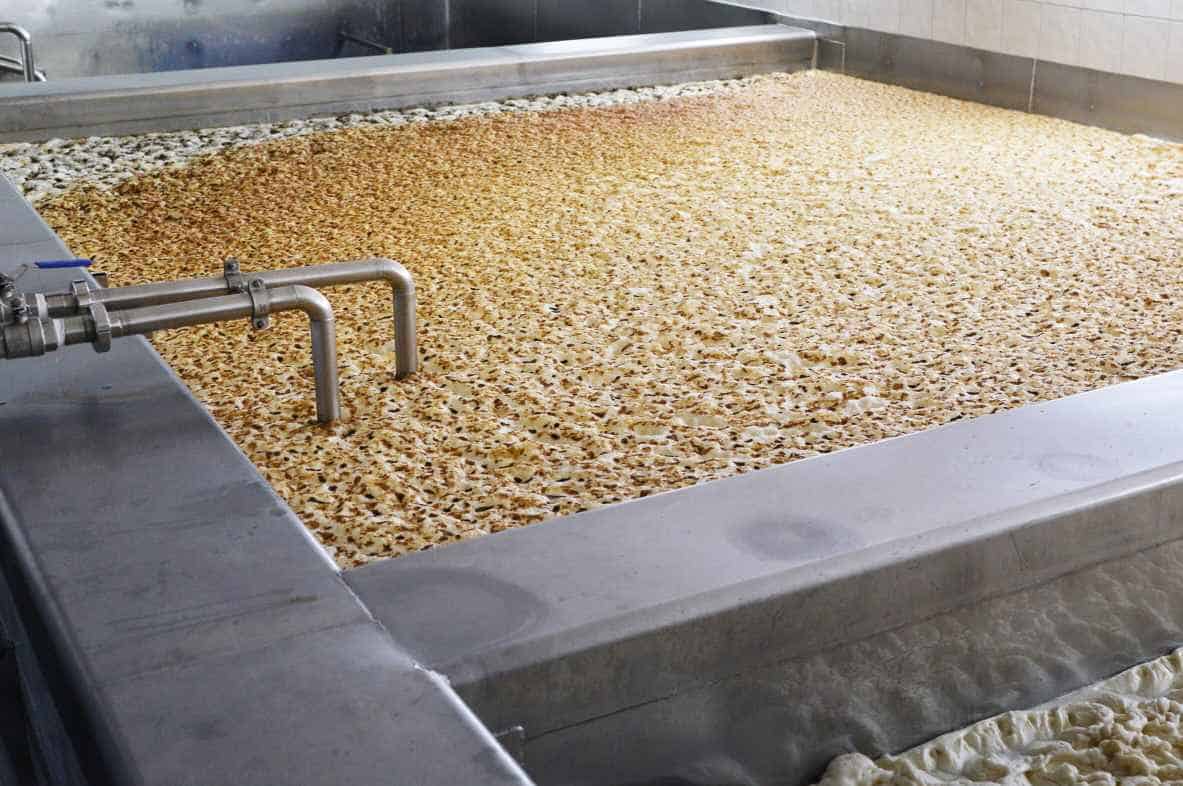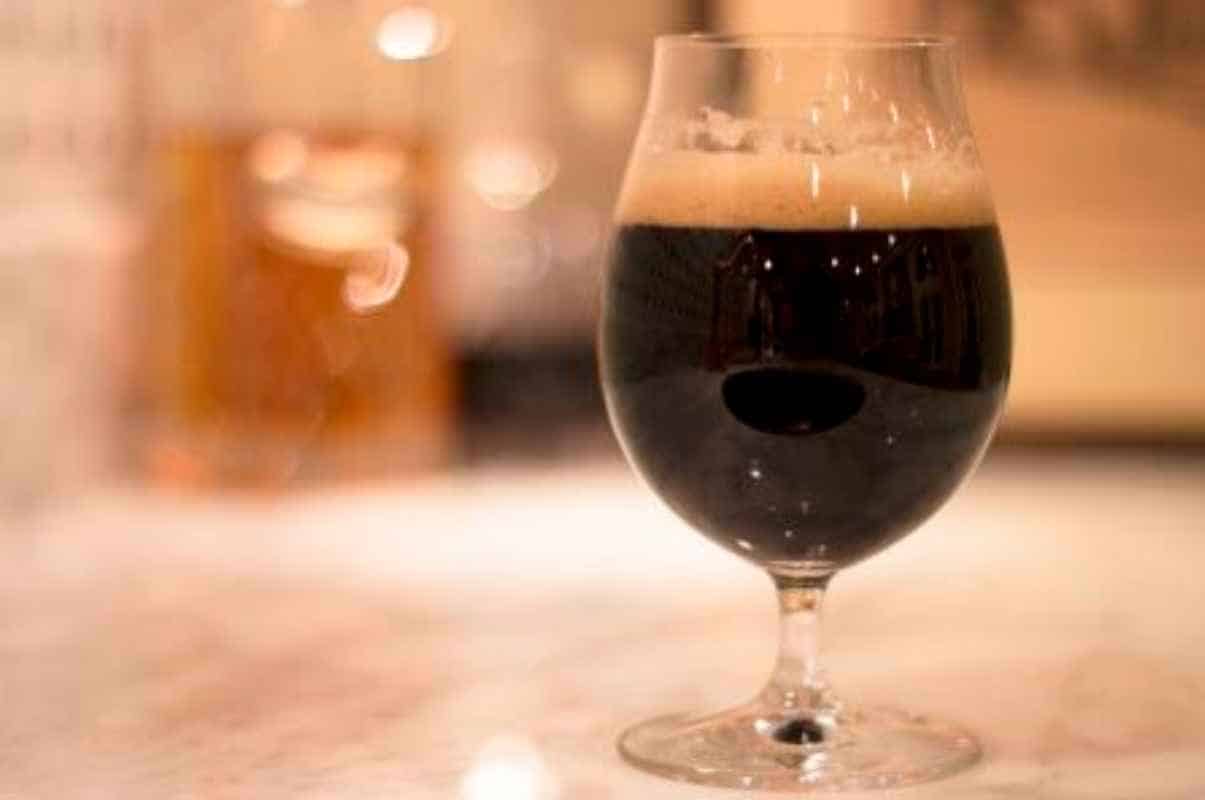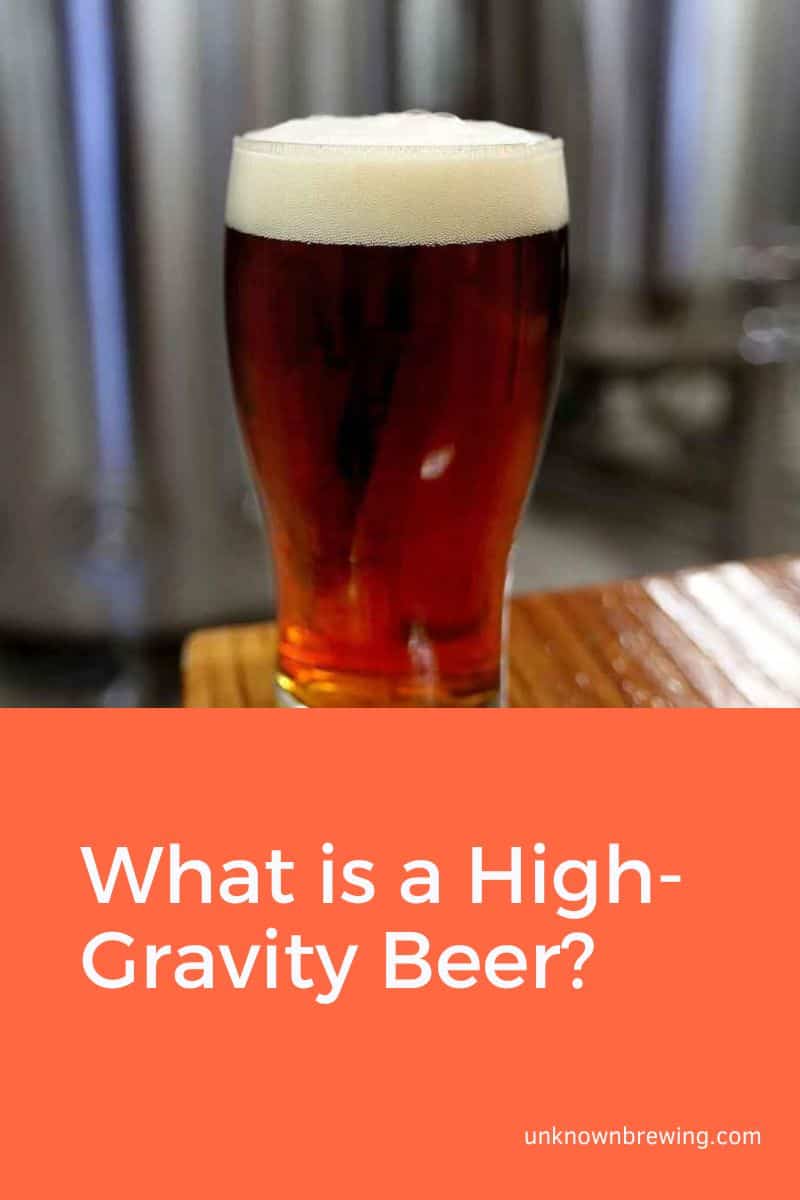The term ‘high-gravity beer’ gets thrown around often, especially in the craft beer scene. And as a beer enthusiast, you may have had a few high-gravity beers. But what is a high-gravity beer?
A high-gravity beer is a high-alcohol beer made from wort with a high original gravity reading. High gravity wort in this context has an original gravity rating above 1.075 OG. Since the wort is rich in sugar, it yields a beer with high alcohol levels. High-gravity beers contain at least 8% alcohol ABV.
This article tackles everything you need to know about high-gravity beer. It will delve into the alcohol levels of high-gravity brews and popular examples you can find at your local liquor store. But first, what is gravity in brewing?
What is Gravity in Brewing
In the brewing industry, gravity is the degree of fermentable sugars dissolved in wort. In other words, it represents the quantity of fermentable sugars dissolved in the solution (wort). You measure gravity with a hydrometer.
Original gravity reflects the amount of fermentable sugars available in the wort before fermentation.
Wort comprises two components; water and the fermentable sugars from the malt. At standard temperature and pressure (STP), water has a density of 0.9998395 g/ml, which you round off to three decimal places to get 1.0000 g/ml.
Using a hydrometer to measure a wort sample, you’ll get a reading like 1.052 OG. Since water has a density of 1.000 and your hydrometer reads 1.052, the wort contains 52 units of fermentable sugars.
Below is a table comparing the original gravity of popular beer styles:
| Beer Style | Original Gravity Range |
| American Light Lager | 1.028 – 1.040 |
| American Lager | 1.040 – 1.050 |
| American Wheat Beer | 1.040 – 1.055 |
| International Pale Lager | 1.042 – 1.050 |
| American IPA | 1.056 – 1.070 |
| Belgian IPA | 1.058 – 1.080 |
| American Amber Ale | 1.045 – 1.060 |
| American Stout | 1.050 – 1.075 |
| Imperial Stout | 1.075 – 1.115 |
| American Barleywine | 1.080 – 1.120 |
From the figures above, you can appreciate that original gravity can range between 1.028 and 1.120. But how do we define low gravity and high gravity?
What is High Gravity?
Normal gravity wort will read between 1.0400 OG and 1.0526 OG, yielding beers with 4%-6% alcohol (ABV). These are your regular beers and light lagers.
A high-gravity wort has a gravity reading of at least 1.075 OG. And reading could go as high as 1.120 OG. High-gravity wort yields strong beers with 8% (ABV) or higher alcohol content.
What’s the Significance of Gravity?
Gravity is the density of fermentable sugars in the wort, measured during various stages of the brewing process. Before fermentation, the gravity reading is known as the original gravity, and the reading after fermentation is the final gravity.
Original gravity reflects how much sugar is available for fermentation. Yeast consumes sugar to produce alcohol, carbon dioxide, and energy during fermentation. Therefore, the higher the sugar content (gravity), the higher the alcohol potential.
Hight gravity wort tends to produce high-volume beers due to the high sugar content in the wort.
High Gravity Beer: What is it?
High-gravity beer is a style you yield from wort with an original gravity above 1.075 OG. These beers are also known as big beers. Since they come from wort with high sugar densities, they tend to contain high alcohol content, usually 8% ABV or higher.
Styles of High-Gravity Beer
Many styles of high-gravity beers are available in the liquor market today. Craft breweries use them to try different flavor combinations, and enthusiasts love them for their high alcohol content. Below are common high-gravity beer styles:
Imperial Beers
In the past, ‘Imperial’ was a designation reserved for beers made for European heads of state. These days it is a term loosely used to describe strong or big beers. The biggest offender of this crime is the American craft brewer.
In the 18th century, the Russian Imperial Court often imported an English Stout for lavish galas and parties. The British brewers would intentionally strengthen their brews to extend their shelf lives. Alcohol is a preservative.
Traditionally, Imperial beers are made in stout and porter beer styles. But pale ales in the same style also exist and are popular.
Below is a table comparing the alcohol content of popular high-density Imperial beers:
| Imperial Beer | Beer Style | Alcohol Content in Alcohol by Volume |
| Old Rasputin | Russian Imperial Stout | 9% |
| Brooklyn Black Chocolate Stout | Russian Imperial Stout | 10% |
| Unearthly | Imperial IPA | 9.5% |
| 90 Minute IPA | Imperial IPA | 9% |
| Victory at Sea | Imperial Porter | 10% |
| Gonzo | Imperial Porter | 10% |
Barrel-Aged Ales
To impart flavors of wine, bourbon, whiskey, tequila, rum, or other forms of liquor, brewers age beer in wooden casks that once housed those classes of liquor. The ales that emerge from this brewing style are called barrel-aged ales.
In the old times, brewers realized they could cut costs by reusing old casks. When the resulting ales turned out to be a hit, the brewers adopted barrel storage to brew ales. Popular examples of high-density barrel-aged ales include Barrel-Aged Abraxas, Darkness, and Brooklyn Black Ops.
Barley Wines
Barley wine is a high-alcohol beer with origins that go back to the 18th century. French and English nobility would often import them as a treat for themselves. The French would store their precious brews in silver and gold jugs.
Barley wine is made and aged like wine. The only difference is that wine uses fruit, while barley wine is made from grain. Many people also speculate that the wine designation is due to wine and barley wine having similar alcohol levels.
Barley wines are popular in the craft beer scene as brewers infuse them with many flavors and aromas. Of all the high-gravity beer styles, beer wine is made from the densest wort (up to 1.120 OG).
Popular examples of barley wines include Hog Heaven Barley Wine, Olde GnarleyWine, and Sierra Nevada Bigfoot.
High Gravity Beer FAQs
Below are some frequently asked questions and their answers:
What is High Gravity Beer?
A high-gravity beer is one made from 1.075 OG wort or higher. In brewing, gravity is a measure of sugar density in the wort. A reading of 1.075 means 75 units of fermentable sugar relative to water.
How Much Alcohol is in High Gravity Beer?
A high sugar density in wort promises a high alcohol content. For this reason, high-gravity beers have alcohol levels of 8% ABV and higher.
Is Guinness a High-Gravity Beer?
No. Guinness misses the mark slightly as it’s brewed from a 1.072 OG wort, lower than the 1.075 OG used in High gravity beers. Guinness extra has an alcohol level of 5.6% ABV, which is also lower than the 8% ABV you find in high-density beers.
Final Thoughts
And there’s everything you need to know about high-gravity beers. They come from sugar-rich wort, and they contain high alcohol levels. Which facts about high-gravity beers fascinated you the most? Please express your opinions in the comment section below.

As a homebrewer, Michael would get frustrated about the lack of brewing information on the internet. After hundreds of gallons of spoilt batches, Micheal had enough. And he founded Unknown Brewing as a resource for homebrewers.



